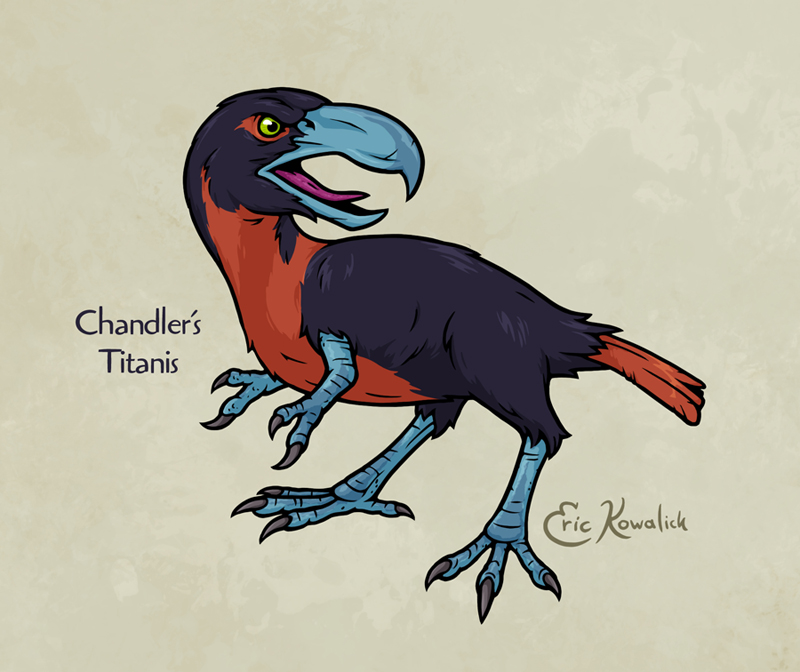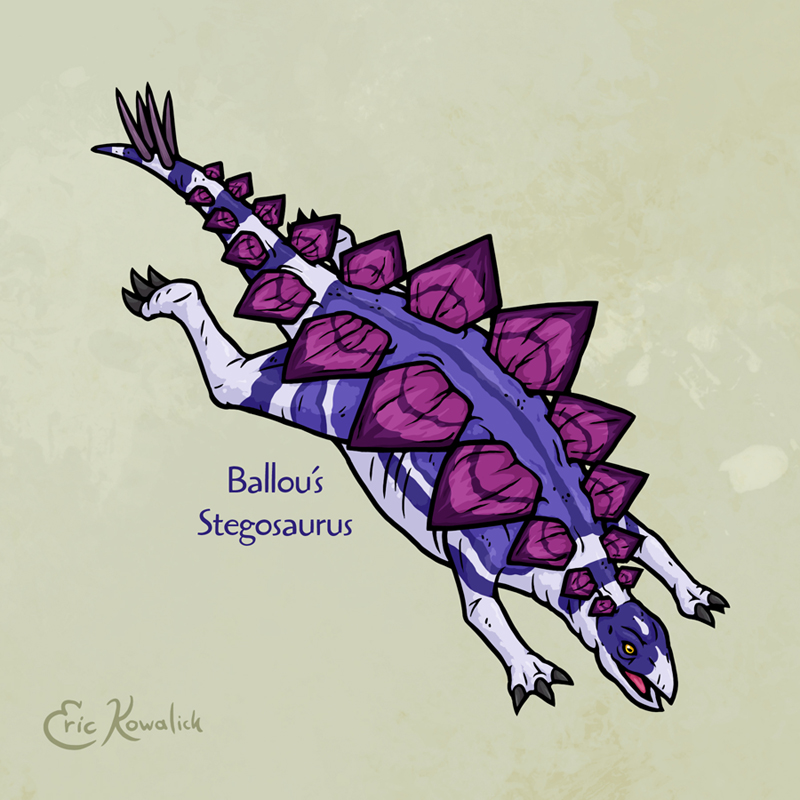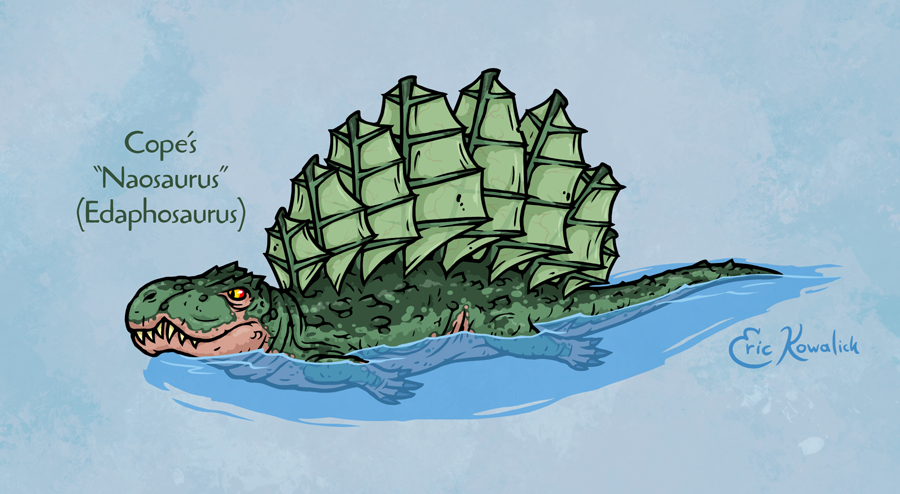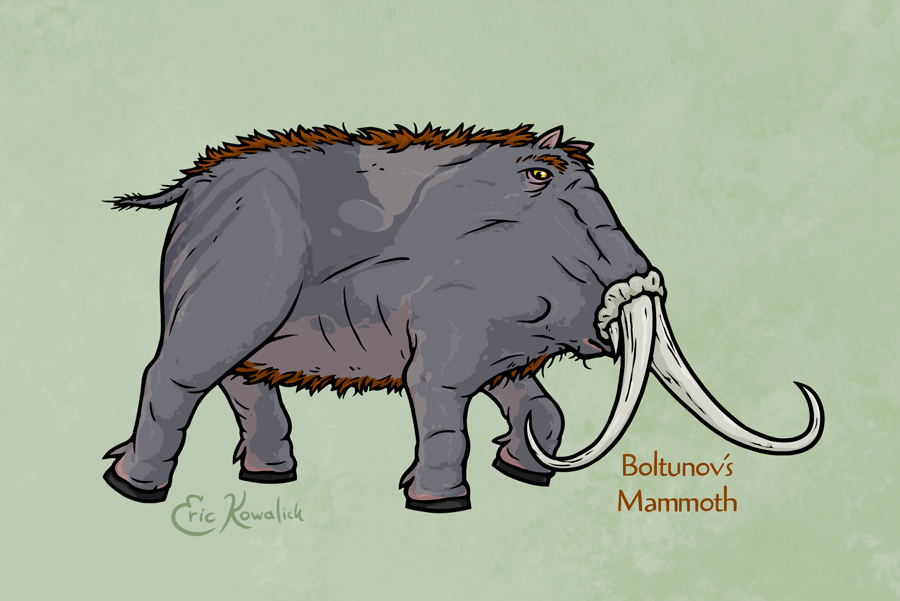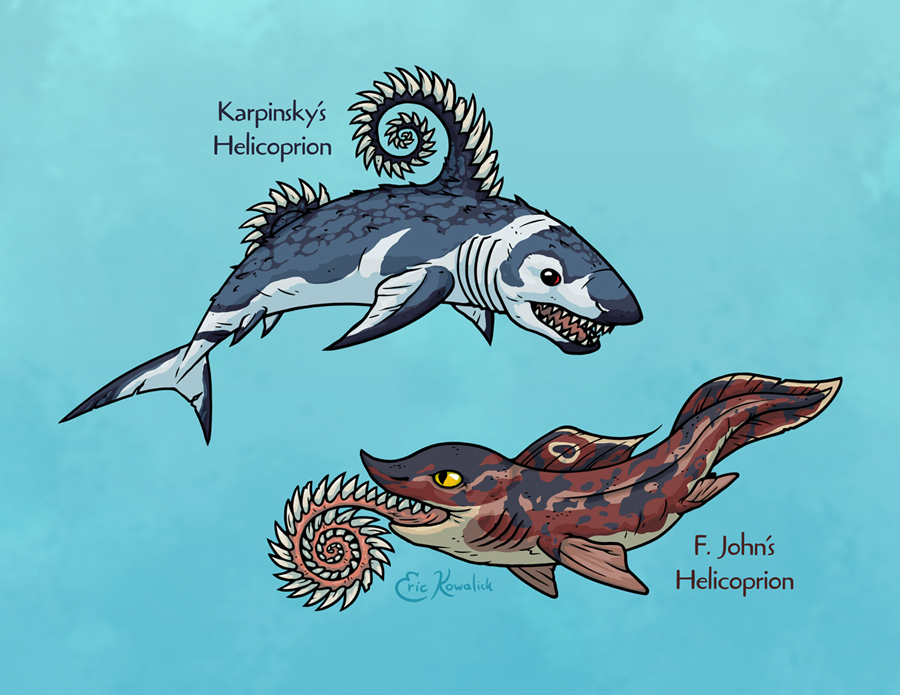Science Ruined Dinosaurs!
By its very nature, paleontology goes through many interpretations of long-extinct animals... some of which are really out there. Loving recreated here are some of the more unusual ones or those that simply interested me.
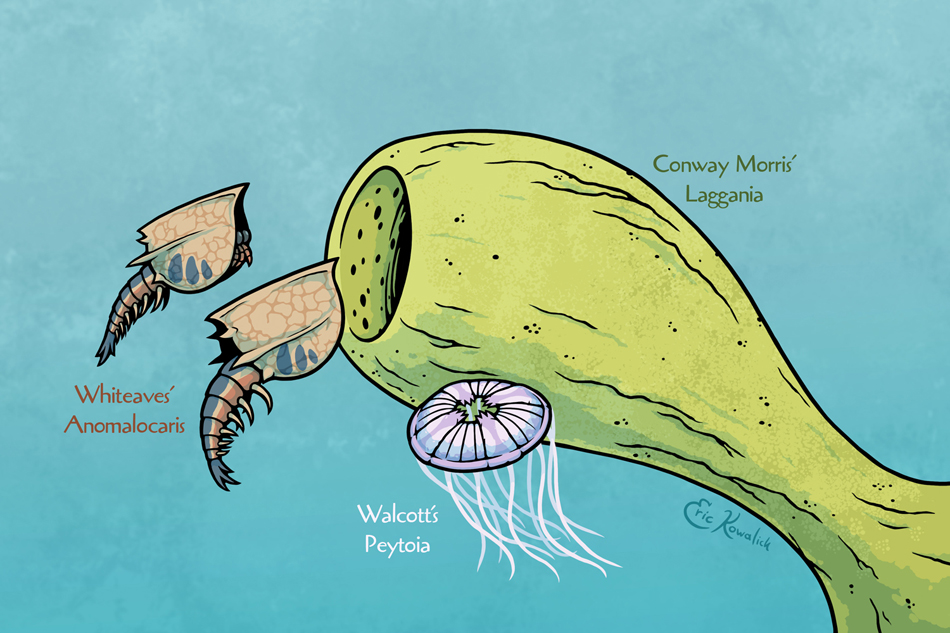
Anomalocaris was unlike anything alive today, and for nearly a century its fragmented fossils were thought to be multiple unrelated, more familiar animals.
The claws were found first, by Joseph Frederick Whiteaves who thought them to be the tail of some very strange shrimp, although none of the fossils had heads, properly jointed legs, or even a hint of any internal organs. Later on in an attempt to "complete" the creature, K.L. Henriksen would attach the unrelated arthropod Tuzoia as a head.
The mouthparts were believed by Charles Doolittle Walcott to be a kind of jellyfish, which he named Peytoia. Walcott also determined that a shapeless animal form –in truth Anomalocaris’ main body– to be a sea cucumber, which he called Laggania. Simon Conway Morris reexamined this latter piece and "corrected" it as a sponge, with the apparent mouth being one of Walcott’s jellyfish that by just happened to fossilize right on top of the sponge.

Long Cheng initially thought of Atopodentatus as a zipper-faced filter feeder. Just two years later, new fossils would prove that it actually had a hammerhead-shaped mouth -- the original skull evidently had been severely crushed!
R.M. Chandler thought the Terror Bird Titanis might have sported clawed hands due to the arms having unusual joints. They aren't THAT unusual, instead they'd have appeared as simple vestigial wings.
Dr. W.H. Ballou somehow thought Stegosaurus could glide using its movable plates, and therefore was a direct ancestor of birds!
Edward Drinker Cope thought "Naosaurus" (not realizing the headless body belonged to the bodiless Edaphosaurus skull he found earlier) had a literal set of sails due to the "spikes" on the sides.
Roman Boltunov seemed to think that the Mammoth was some type of boar rather than an elephant. He possibly might have thought one tusk pointed forward and the other back... although he may have haphazardly tried to convey they both pointed forward and away from each other. His own restoration is somewhat lacking...
Edward Drinker Cope (yes, he's popping up here a lot) had a particularly strange vision of the knobby-headed beast Uintatherium, believing it to be essentially an antlered elephant! William and Mary Gunning would later exaggerate the antlers further for their book Life History of Our Planet.
For many years Helicoprion was known only from its famous tooth-whorl, the rest of its cartilaginous skeleton simply never fossilized. Paleontologists could tell it was a shark-like fish, but how the the "buzzsaw" figured into it was a complete mystery. As such, many different restorations placed the tooth-whorl just about everywhere. Alexander Karpinsky (who came up with several renditions) replaced both of the back fins with a pair, while F. John would seemingly thought it took the place of a tongue!


